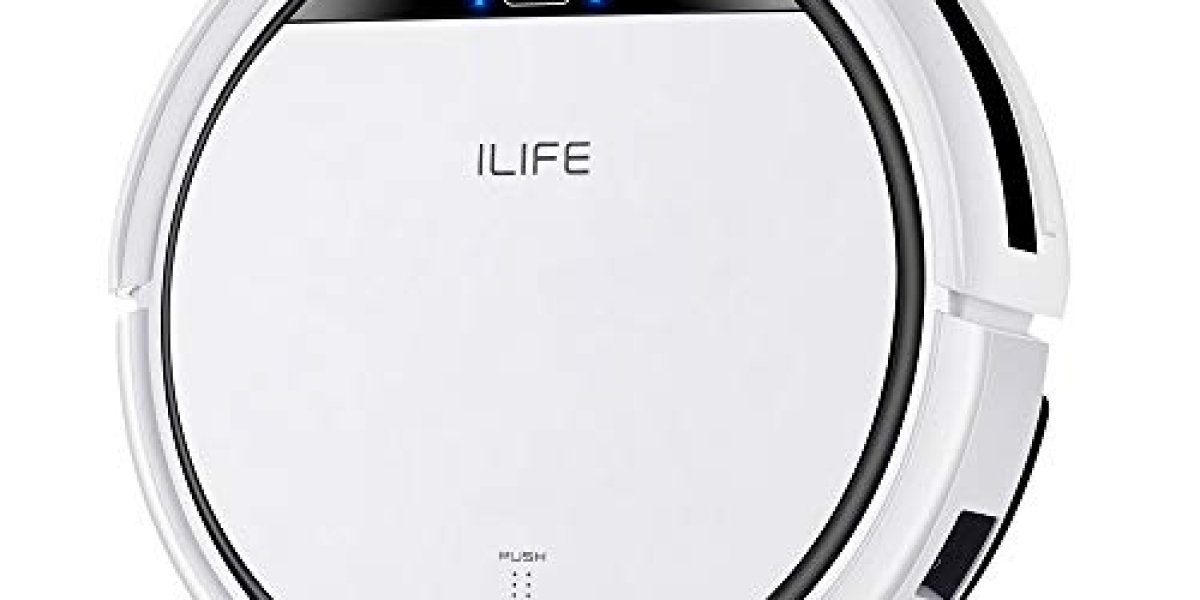In today’s fast-paced world, time is a valuable commodity, and maintaining a clean home often takes a back seat to the demands of work, family, and leisure. For those who struggle best robot cleaner for wood floors to find time for regular cleaning, technology has provided a solution that can ease this burden: robot vacuums and mops. These devices are transforming how we clean our homes by automating the tedious tasks of vacuuming and mopping, making them more efficient and convenient than ever before.
What Are Robot Vacuums and Mops?
Robot vacuums and mops are autonomous cleaning devices designed to navigate and clean your home without requiring much input from you. They are equipped with sensors, brushes, and suction capabilities to clean floors, and many newer models combine vacuuming and mopping in one device. The key difference between traditional vacuums and robot vacuums is that the latter operates on its own, moving around the floor while avoiding obstacles, cleaning carpets and hard floors, and even returning to its charging station when its battery is low.
Some advanced robot vacuums are integrated with mopping functions, which allow them to tackle both dry and wet cleaning tasks in one go. These hybrid devices are perfect for homes that need both vacuuming and mopping but don’t want to invest in separate appliances for each task.
How Do They Work?
Robot vacuums and mops use a combination of technology, design, and sensors to clean efficiently. Here’s an overview of how they function:
Navigation and Mapping: Most robot vacuums and mops are equipped with sensors, cameras, or LIDAR (Light Detection and Ranging) systems that allow them to map your home and navigate around furniture, obstacles, and walls. This navigation system enables the robot to clean in an orderly manner rather than randomly wandering around. Higher-end models can create detailed maps of your home, allowing you to program cleaning routines for specific areas.
Cleaning Pathways: Once the robot starts its cleaning cycle, it follows a pre-programmed path. The robotic vacuum or mop may clean in rows or in a spiral pattern depending on the model. The robot adjusts its cleaning method based on the surface it’s cleaning. For instance, on carpets, it may increase suction, while on hard floors, it may activate its mopping function.
Sensors for Obstacle Avoidance: These devices use sensors to detect obstacles such as furniture, walls, and even pet waste. When a robot vacuum detects an obstacle, it adjusts its course to avoid it. Some high-end models also use cliff sensors that prevent the robot from falling down stairs.
Cleaning Features: Robot vacuums are generally equipped with a rotating brush or side brush that helps dislodge dirt and debris from edges and corners. Many mopping robots use a microfiber cloth or mop pad that is dampened with water or cleaning solution, which helps to clean up stains and dirt that vacuuming alone can’t address.
Automatic Charging: Once the robot finishes cleaning or its battery is running low, it returns to its charging station to recharge for the next cleaning session. Some models also support scheduling, so you can set the robot to clean at specific times, ensuring your floors are always clean without lifting a finger.
Benefits of Robot Vacuums and Mops
Time-Saving: The most significant advantage of robot vacuums and mops is the time-saving benefit. Traditional vacuuming and mopping require your attention, but with Low Noise 2000 Pa Large Suction Sweeping Robot a robot, these tasks are automated, freeing up time for other activities. Many models allow you to schedule cleaning during the day while you are away at work, ensuring your home is clean when you return.
Efficient Cleaning: Robot vacuums are designed to clean areas that are often hard to reach, such as under furniture, along baseboards, and in tight corners. They are equipped with sensors that ensure they don’t miss a spot and adapt to different surfaces for effective cleaning.
Convenience: These devices are incredibly convenient, as they do the work for you. Simply press a button, set the schedule, or use a smartphone app to start the cleaning process. Many models also come with Wi-Fi connectivity, allowing you to control them from your phone or smart home devices like Amazon Alexa or Google Assistant.
Improved Indoor Air Quality: Many robot vacuums are equipped with HEPA filters, which help to trap dust, pollen, and other allergens. This feature is particularly useful for people who suffer from allergies or respiratory conditions. The consistent cleaning that robot vacuums provide can also contribute to a cleaner indoor environment.
Multi-Functionality: Models that combine both vacuuming and mopping provide the added convenience of two essential cleaning tasks in one. These hybrid devices are particularly useful for homes with a mix of hard floors and carpeted areas, allowing the robot to seamlessly switch between vacuuming and mopping based on the surface.
Low Maintenance: Robot vacuums and mops are generally easy to maintain. They come with self-cleaning brushes, and the mop pads or microfiber cloths can be washed and reused. Most models also alert you when the dustbin is full, so you don’t have to worry about manually checking it.
Limitations of Robot Vacuums and Mops
While robot vacuums and mops offer numerous benefits, they are not without their limitations. Some of these include:
Limited Suction Power: While robot vacuums are excellent for daily cleaning, they may not provide the same level of suction power as a traditional vacuum cleaner, particularly when it comes to deep cleaning carpets. For homes with heavy carpet or large amounts of pet hair, a robot vacuum might need to be supplemented with occasional traditional vacuuming.
Battery Life: While robot vacuums have impressive battery life, it can be limited by the size of the home. Larger homes may require the robot to recharge multiple times before completing a full cleaning cycle.
Small Dustbins: The dustbins on robot vacuums are typically smaller than those of traditional vacuums, meaning they need to be emptied more frequently, especially in households with pets or heavy foot traffic.
Complex Setup: Setting up advanced models with mapping capabilities can sometimes be tricky, especially for those not technologically inclined. However, most manufacturers provide detailed instructions and support to assist users.
Not Ideal for All Surfaces: While robot mops can handle most hard floors, they may not be suitable for all types of flooring, such as highly textured surfaces, which may limit their mopping efficiency.
Conclusion
Robot vacuums and mops are an excellent investment for anyone looking to simplify their cleaning routine. With the ability to clean autonomously, save time, and improve the cleanliness of your home, they are fast becoming an essential household appliance. However, like all technologies, they come with limitations, and it’s important to choose a model that suits your home’s needs. As technology continues to evolve, we can expect even smarter, more powerful robot vacuums and mops to hit the market, further transforming how we approach home cleaning. For now, they offer a highly efficient solution for maintaining a clean home with minimal effort, giving you more time to focus on the things that matter most.






